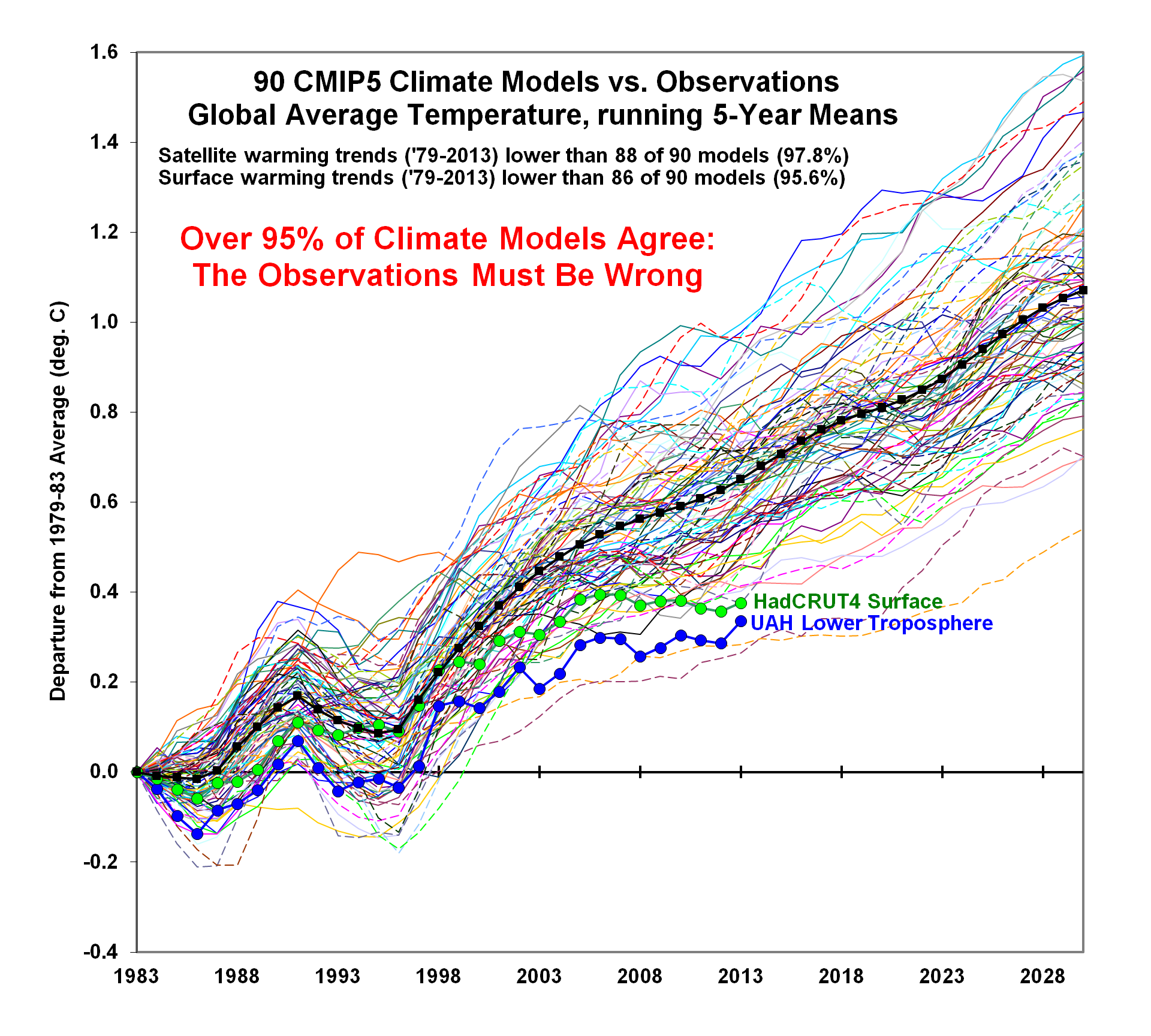The earth has always had a way of keeping things in balance and always will. Just the idea that some people think that man can generate massive changes in the earths climate has always been on the order of hysterical to me. Weve got some climate change going on for sure ( Im freezing here in the Pocono's this am in mid-August ) but man-made? I don't think so...........but the concept sure does provide the government another way to tax the small guy into poverty.
No, it has not. About 2.2 billion years ago, blue-green algea changed the atmosphere of the earth, and initiated a 'snowball' earth.
SNOWBALL EARTH
The oldest snowball earth goes all the way back to ~2200 Ma, which is nearly half the age of the Earth (4567 Ma). The present distribution of glacial deposits is quite limited, occurring principally in South Africa as the Makganyene (Mak-han-yee-nee) Formation. They are believed to represent a snowball earth because paleomagnetic evidence (of Earth"s past magnetic field "fossilized" in rock) suggests they were deposited close to the equator. This finding was reported in 1997 by David Evans, Nic Beukes and Joe Kirschvink (who named and recognized the cyclic nature of snowball earths). The Makganyene snowball earth is broadly associated in time with the rise of "free" oxygen, molecular O2, the most profound revolution of the Earth"s surface (atmosphere, oceans, crust and life) in its entire history.
At the end of the Permian, a volcanic event, the Siberian Trapps, initiated a series of events that resulted in the extinction of 95% of the species then alive.
End-Permian mass extinction (the Great Dying) | Natural History Museum
252 million years ago.
What went extinct?
51% of all marine families, 82% of all genera, an estimated 93-97% of all species.
Having survived 2 mass extinctions, only a few localised and specialised populations of trilobites remained. These prehistoric relatives of crabs, spiders and insects finally disappeared from the fossil record completely, bringing to an end 270 million years of trilobites roaming the oceans.
The scorpion-like eurypterids, formidable marine predators that thrived in warm shallow water, were another major group that ceased to exist. And the extinction of reef-building corals meant an entire ecosystem vanished.
Map of the world as it was 260 million years ago. The supercontinent Pangaea stretched from pole to pole, creating environmental conditions that put many species under stress. © Ron Blakey, Colorado Plateau Geosystems, Inc
Both marine and land animals were affected. Many of the early groups of insects died out, the only mass extinction that has been observed for insects.
Only land plants apparently came through mostly unscathed. Even so, forests - another major ecosystem - virtually disappeared.
There were 4 more major extinction events, the last being the K-T extinction caused by an asteroid impact on the Yucatan Peninsula.
You push the system far enough out of ballance, and over it goes. Basic Chaos Theory.


